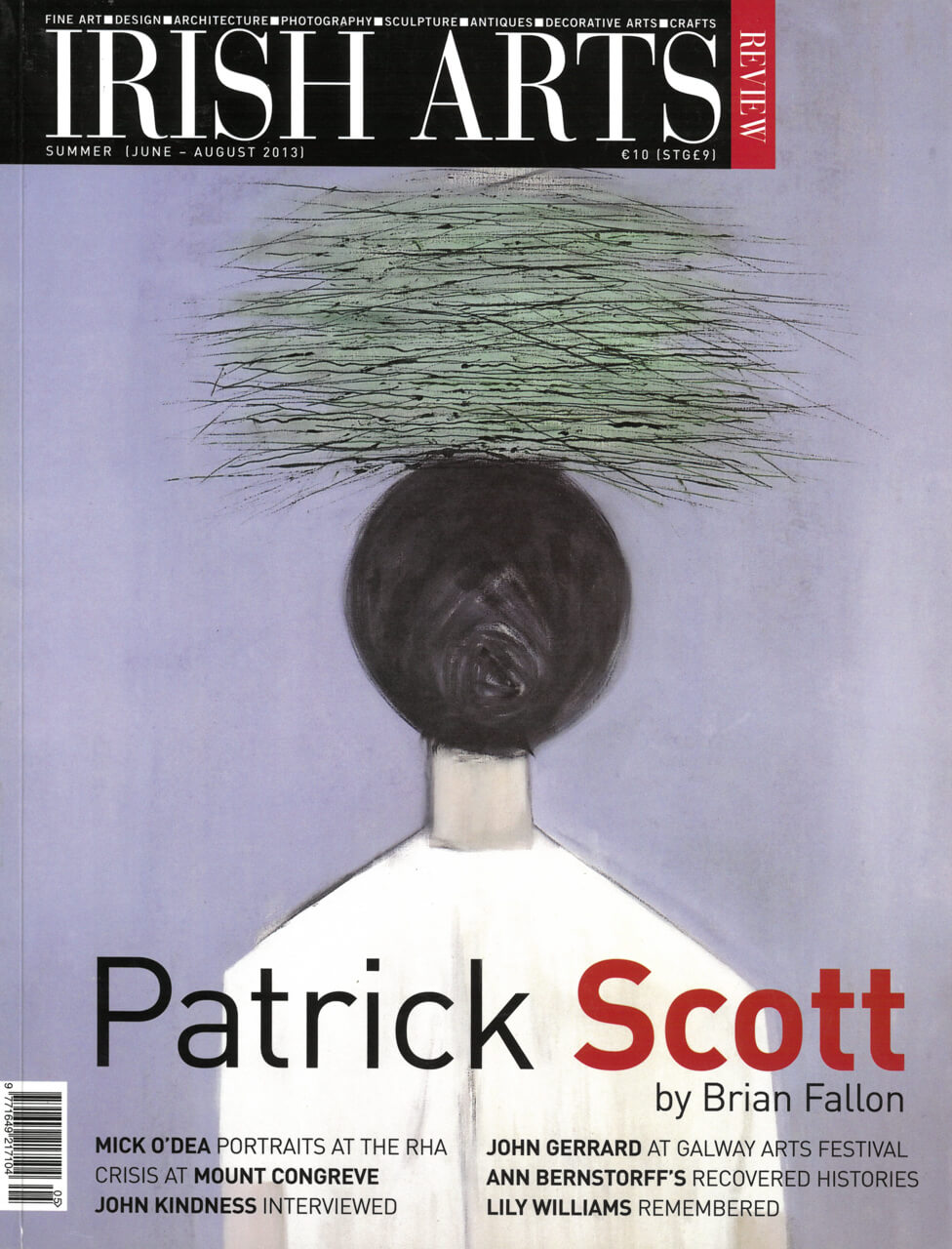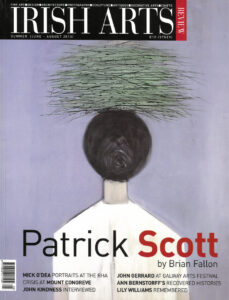

Eamonn P Kelly evaluates the recent find of gold coins in County Tipperary now on display at the National Museum of Ireland Collins Barracks
The earliest gold coins to find their way to Ireland were Roman examples, such as aureus and solidus coins of the Emperors Maximianus, Gratianus, Arcadius, Constantine I and Constantine II that were deposited as votive offerings at the entrance to the Newgrange passage tomb (Fig 5). Produced by the Hiberno-Norse, the earliest Irish coinage was exclusively of silver. Throughout the Middle Ages, Ireland was a relatively coin-poor economy due to the outflow to pay royal taxes, and gold coins in particular were a rare commodity. Nevertheless the National Museum holds examples of the first English gold coin to have been produced in quantity. Coined by Edward III (1327-1377) and known as a ‘noble’ it was worth one-third of a pound sterling.
In January 2013, beneath the floor of a pub in Main Street, Carrick-on-Suir, Co Tipperary, a team of builders discovered one of the most significant hoards of 17th- century gold coins ever found in Ireland (Fig 1). Seventy-seven guinea coins and four half-guineas were present, spanning the reigns of Charles II (1660-85), James II (1685-8), William and Mary (1688-94) and William III (1694-1702). The earliest coin in the hoard dates to 1664 and the latest to 1701. The treasure is likely to have been buried during the opening decade of the 18th century. No comparable 17th-century hoard of gold coins has been found in Ireland since the finding of the Derryville hoard of over 100 gold coins, near Portarlington, Co Laois, around 1947. This contained six rare coins of a type known as a ‘pistole’. These were struck in Dublin in 1646 by the Duke of Ormonde as emergency war-money.
The guinea was a British gold coin minted by the Royal Mint between 1663 and 1814. So-called because the gold used in making some of them came from Guinea, West Africa
Only two gold coins were found in a hoard containing fifty-six silver coins deposited in the 1640s in the wall of a cashel on Cherry Island, Robinstown, Lough Ennell, Co Westmeath. The silver coins were mainly hammered sixpences and shillings spanning the reigns of Elizabeth I, James I and Charles I but also included two half-crowns of Charles I; an 8 reale coin of Phillip IV of Spain and six 4 reale and 8 reale coins from Spanish American mints, the earliest dating to the reign of Phillip II. The two gold coins from Cherry Island, which each had a value of one pound sterling, were a ‘unite’ of Charles I and a ‘laurel’ of James I. Also found was an inscribed finger ring (Fig 4).
The guinea was a British gold coin minted by the Royal Mint between 1663 and 1814. So-called because the gold used in making some of them came from Guinea, West Africa, they were minted in four denominations – a half, one, two, and five.
The 17th century was a period of development in British coin-making. In the Middle Ages, coins were produced by hammering, however this technique was superseded by the introduction of the screw press, or mill, which permitted the production of more standard coins with a regular edge and serrations termed milling. The screw press is believed to have been invented in France about the middle of the 16th century by Guyot Brucher, who was succeeded at the Paris mint by his brother Antoine. Impressed by French milled coins, in 1651 the Commonwealth authorities invited coin-maker Peter Blondeau to bring his patented screw press to London. Subsequently, it was on Blondeau’s press that the guinea coins of Charles II were minted to the design of John Roettiers, chief engraver at the mint. Roettiers was the eldest son of Philip Roettiers, a goldsmith of Antwerp who had lent money to Charles II during his exile and had been promised employment for his sons. In 1661, Charles invited John Roettiers and his brothers to work in the Royal Mint.
In origin the guinea is associated with the unsavoury commercial activities of the Stuart kings, starting with Charles II who was restored to the throne in 1660. Together with his brother James, Duke of York, and certain London merchants, a trading company called the Royal African Company was set up to monopolize the West African trade in gold and slaves. From 1663 the Royal Mint turned out guinea coins and those made of gold supplied by the Royal African Company bore the ‘Elephant and Castle’ logo of the company. Three such marked coins are present in the Carrick-on-Suir hoard (Fig 6), a guinea each of Charles II (1683) and of James II (1688) and a half-guinea of William III (1696). Throughout the reign of William and Mary and William III, the Royal Mint continued to manufacture guineas, with William’s coat of arms being added on the reverse of the coins, placed at the centre of the four shields of the royal coat of arms (Fig 3). Originally worth one pound sterling the value of the guinea fluctuated with the price of gold before being fixed at twenty-one shillings in 1717.
The Carrick-on-Suir hoard may represent the accumulated wealth of a single family over more than a generation. Collected with discernment, it did not contain Continental gold coins that were in common circulation in Ireland at the time. With an average purity of 91% the guinea was of dependable gold content, and would have been accepted in commercial transactions throughout the Americas and Europe.
Photography © National Museum of Ireland.
Eamonn P Kelly is Keeper of Irish Antiquities at the National Museum of Ireland.
From the IAR Archive
First published in the Irish Arts Review Vol 30, No 2, 2013



